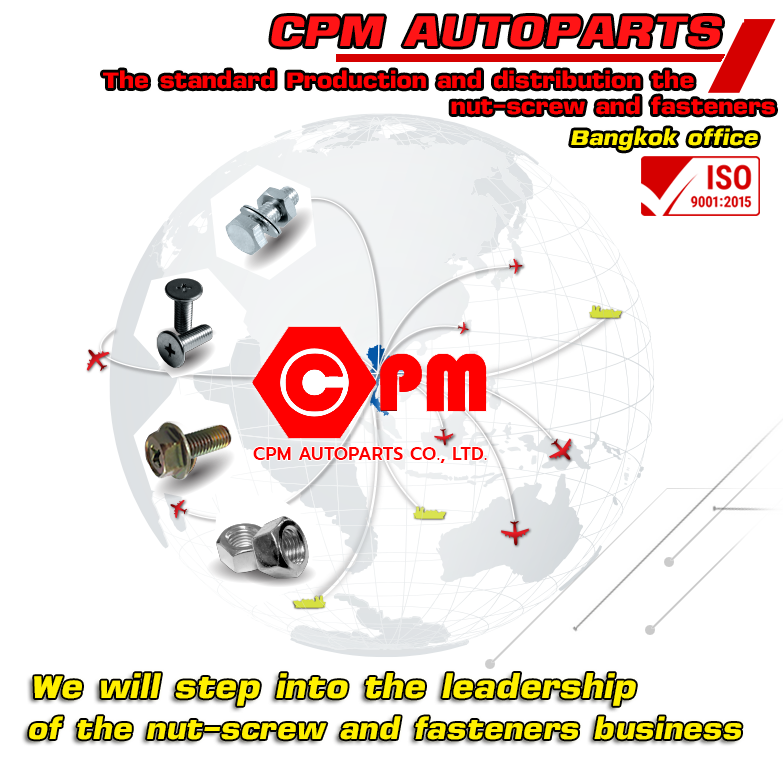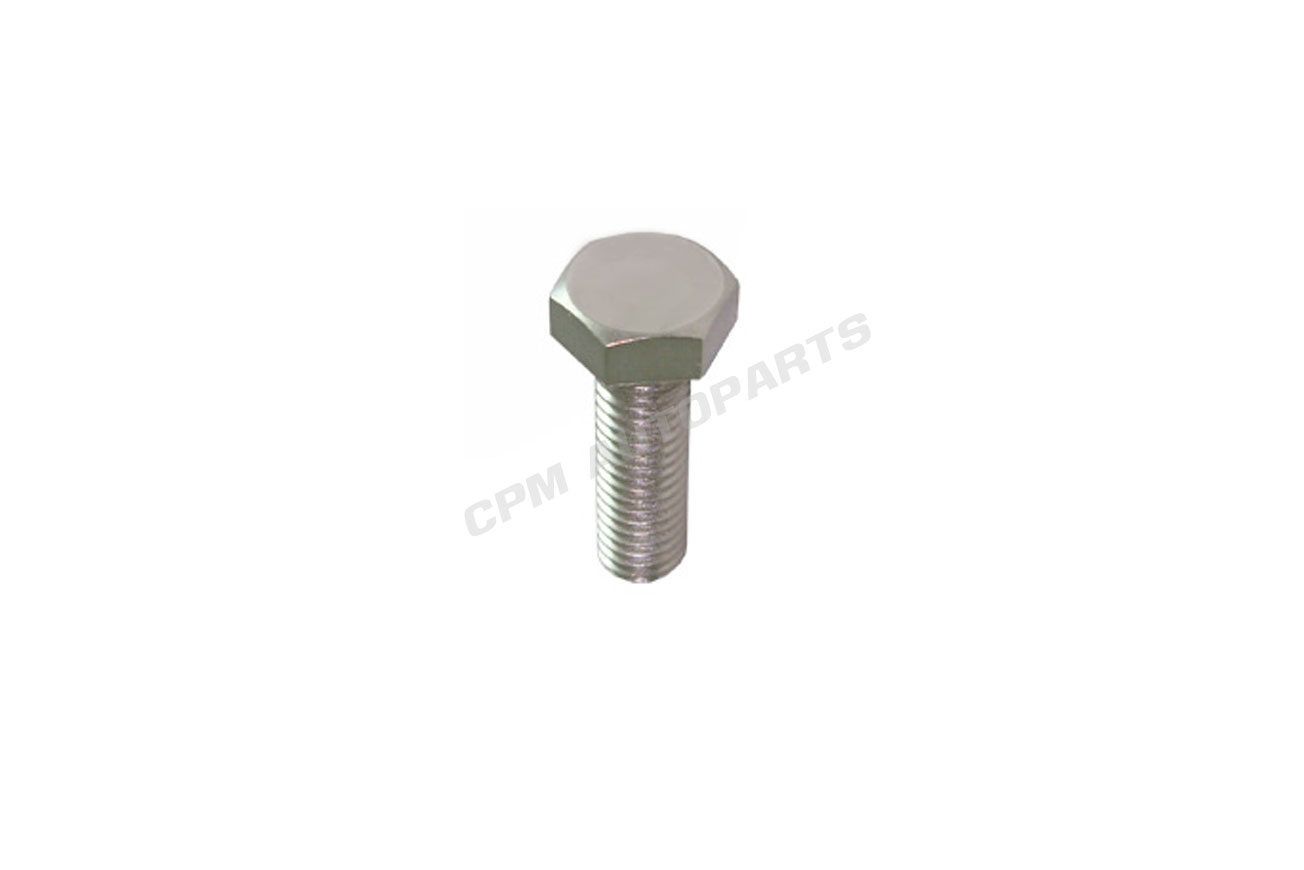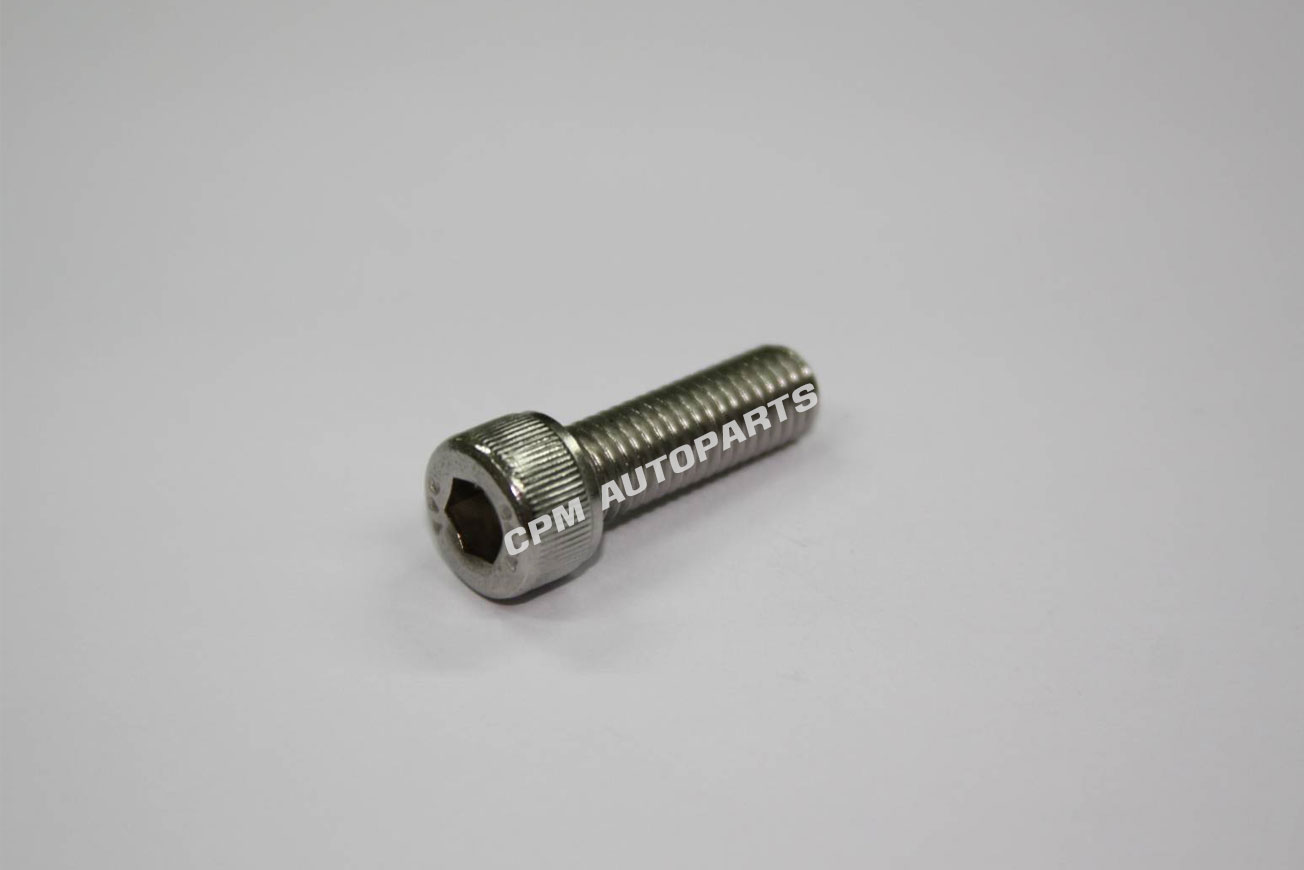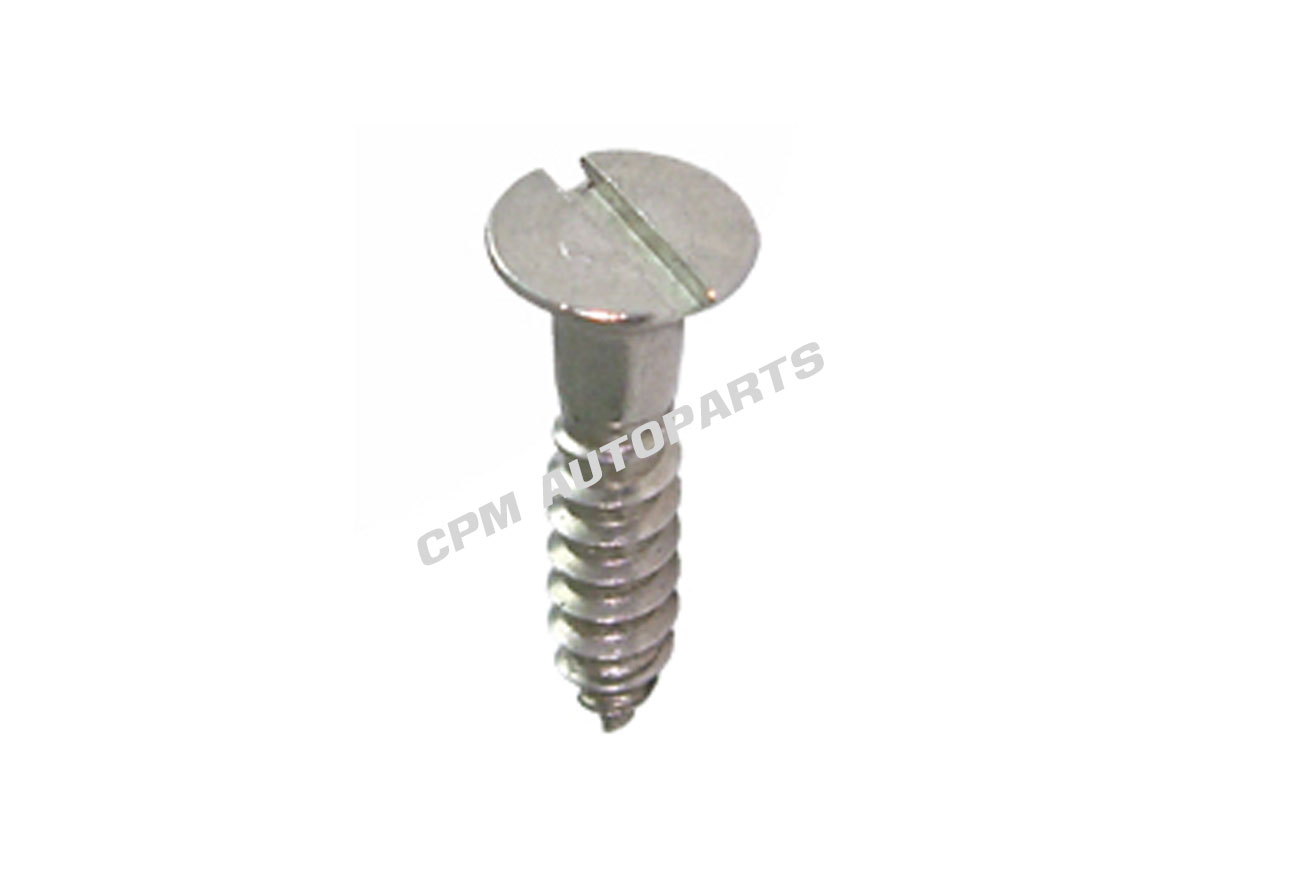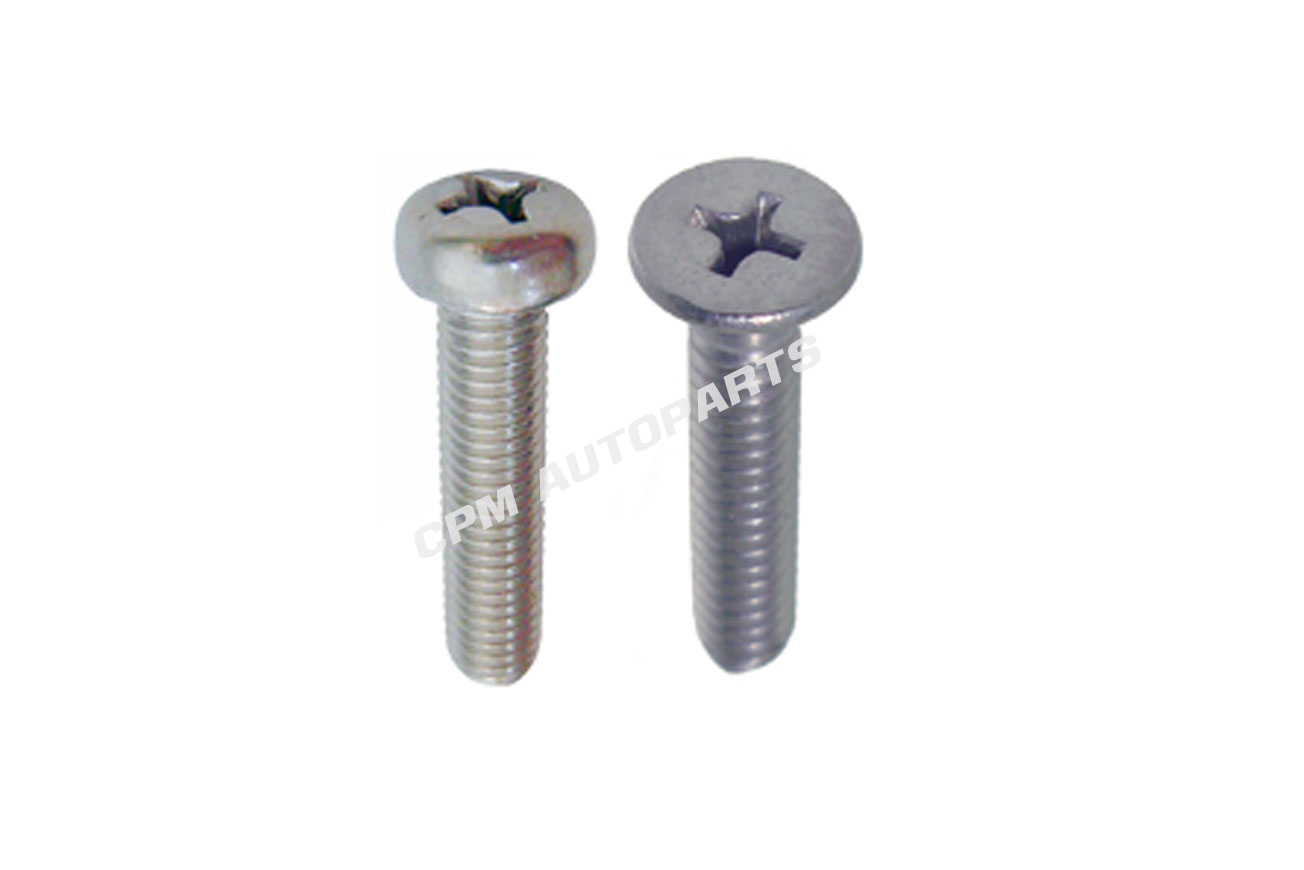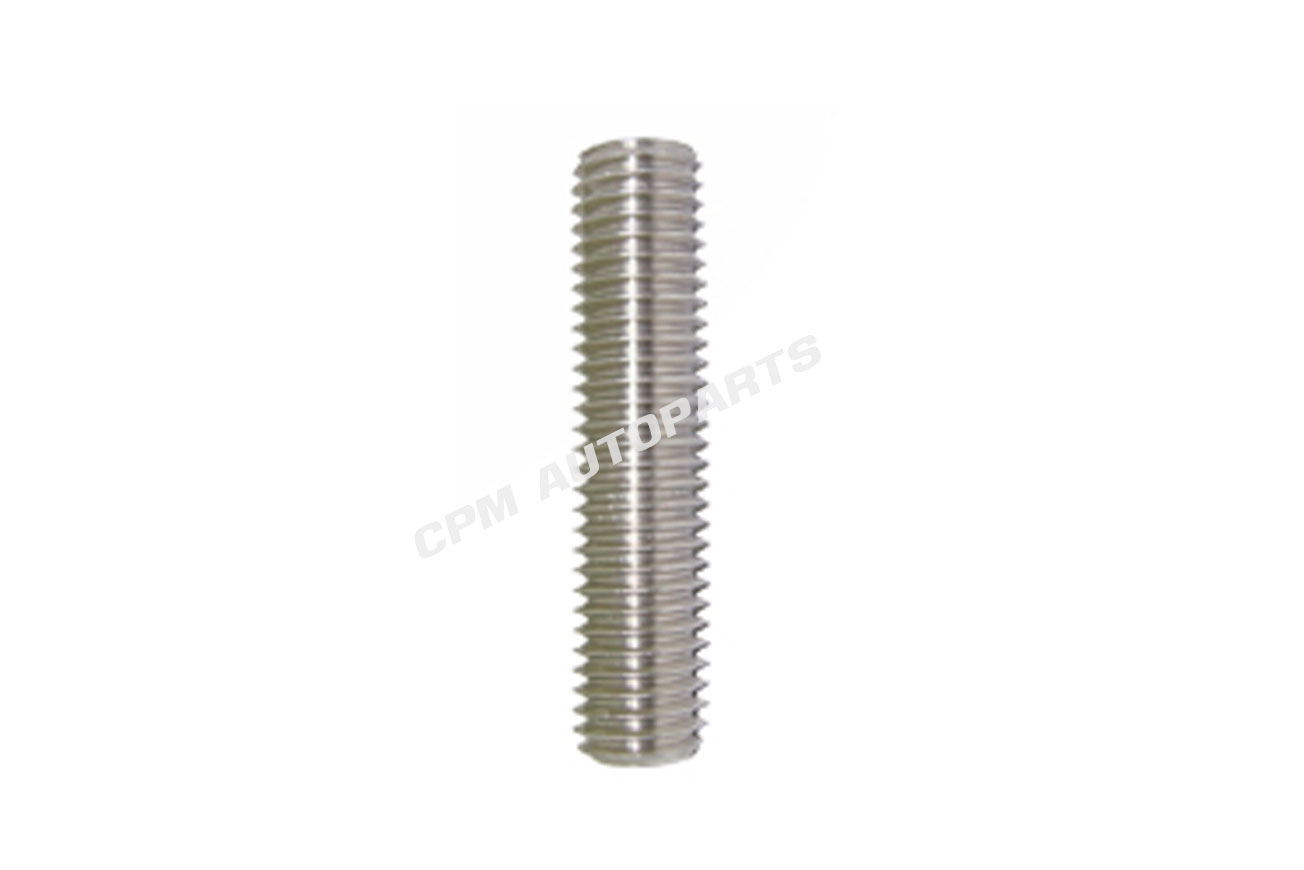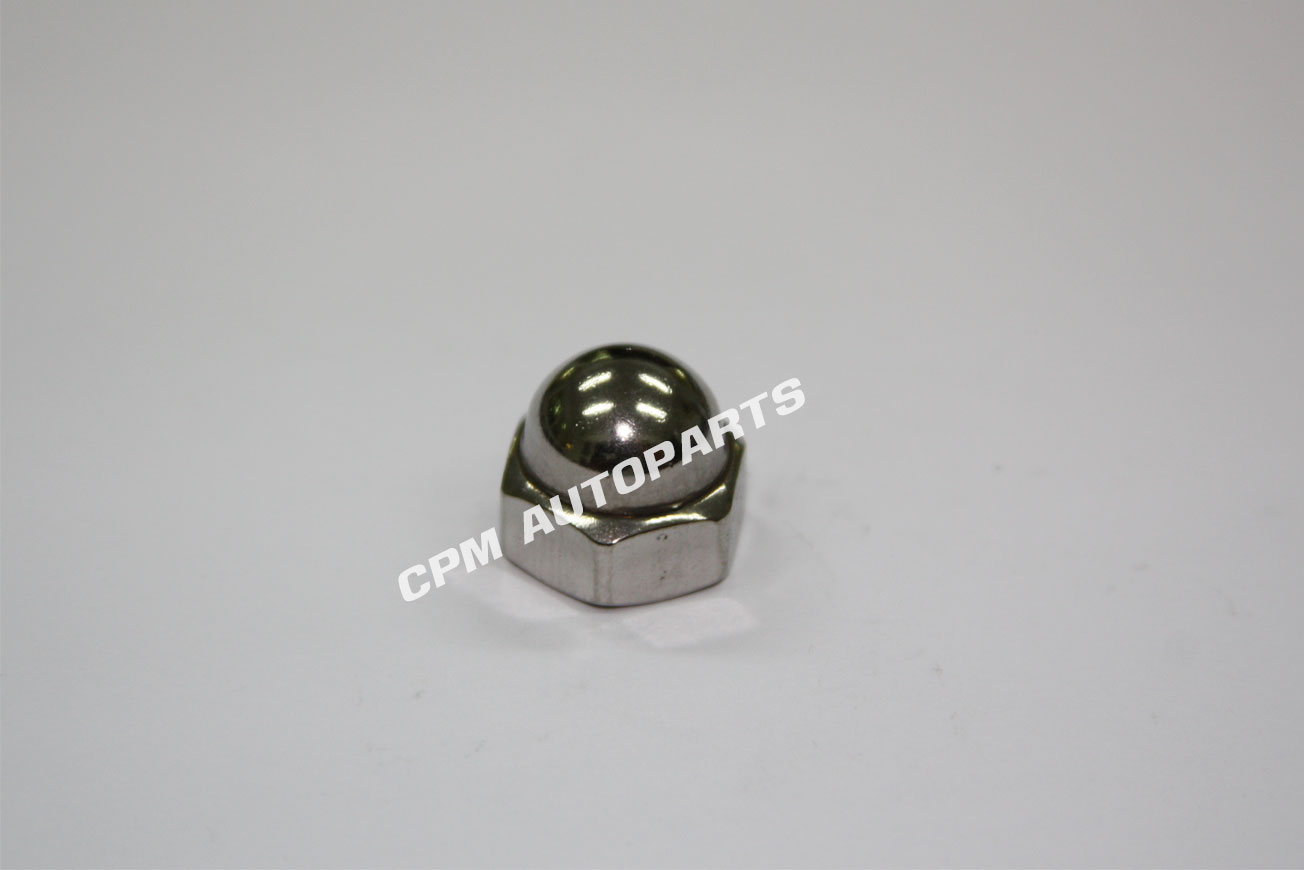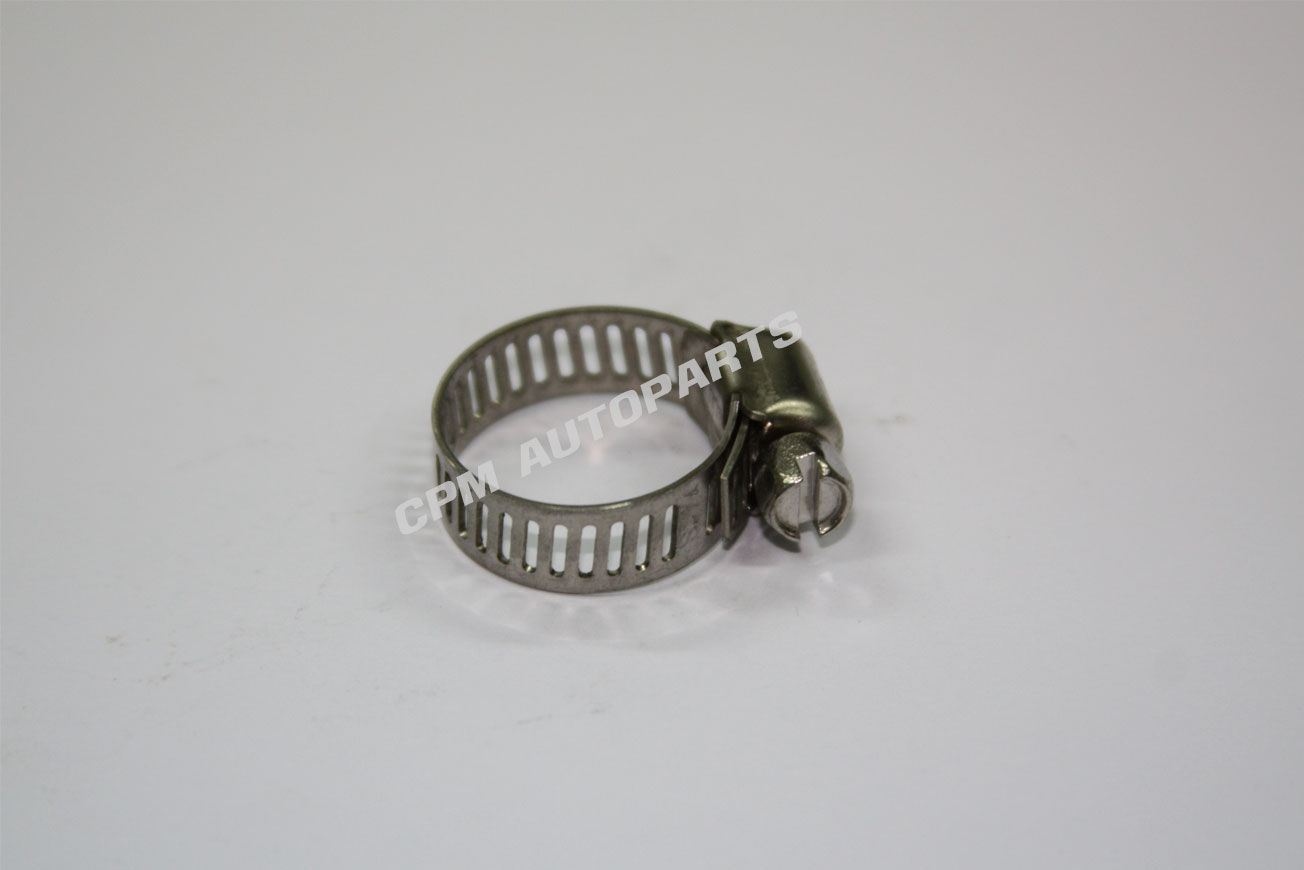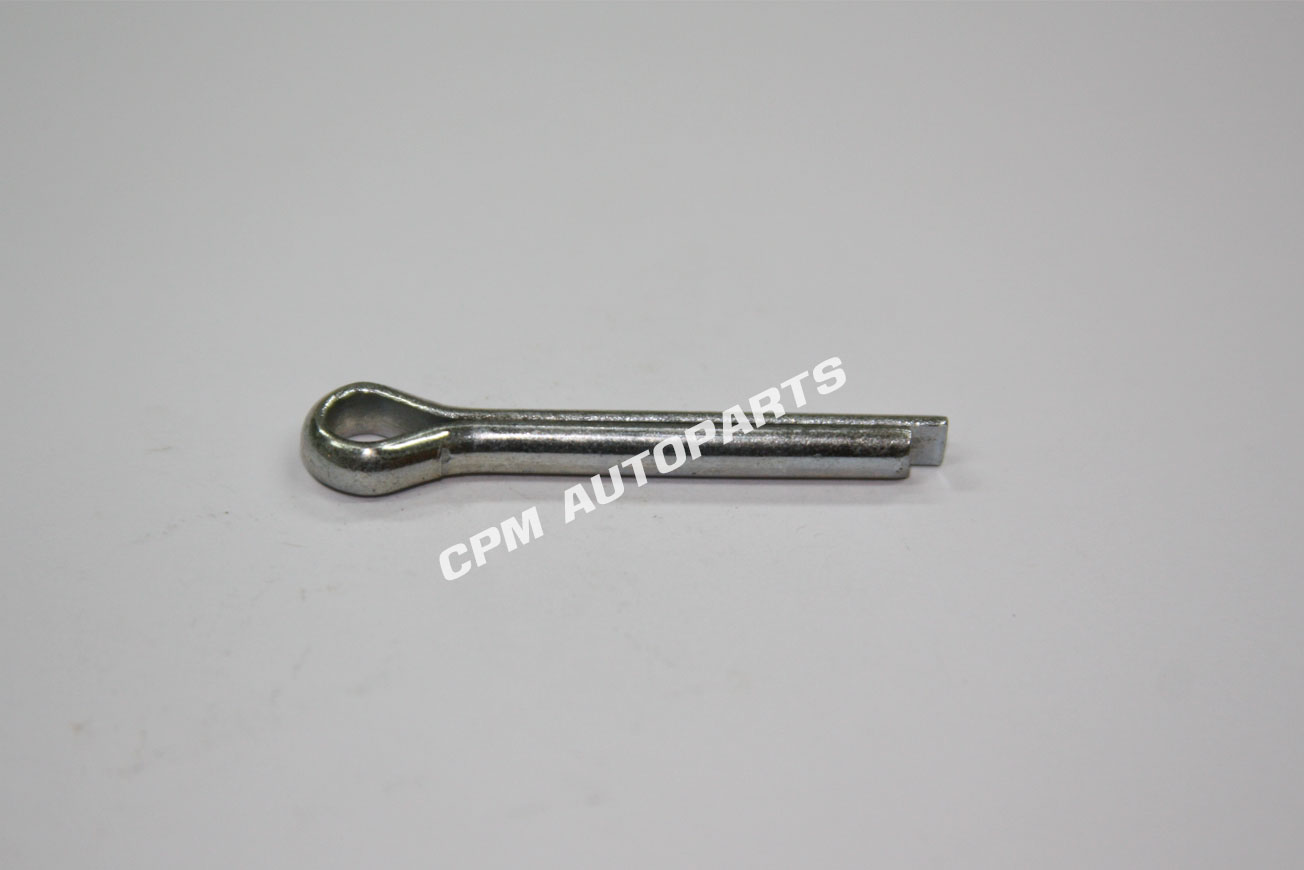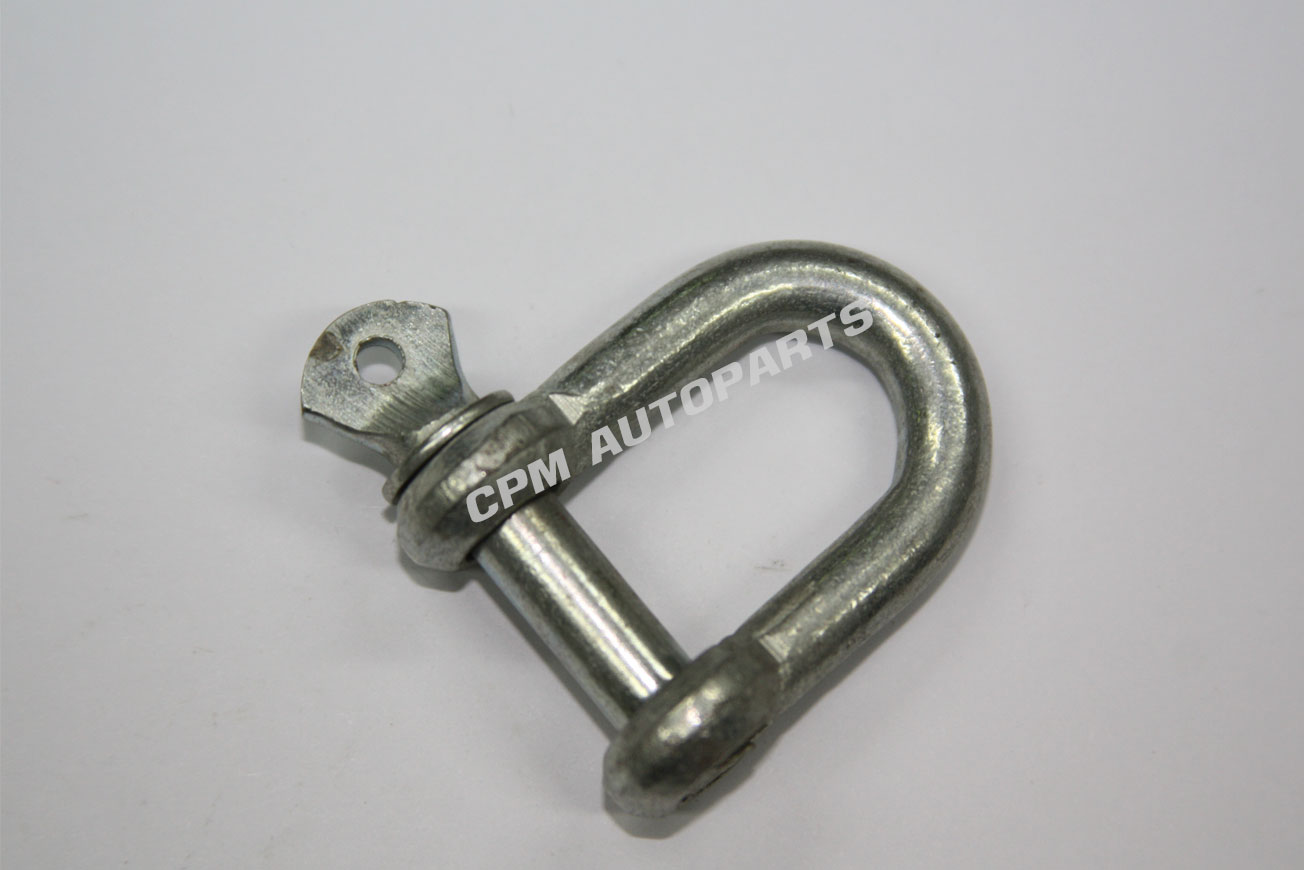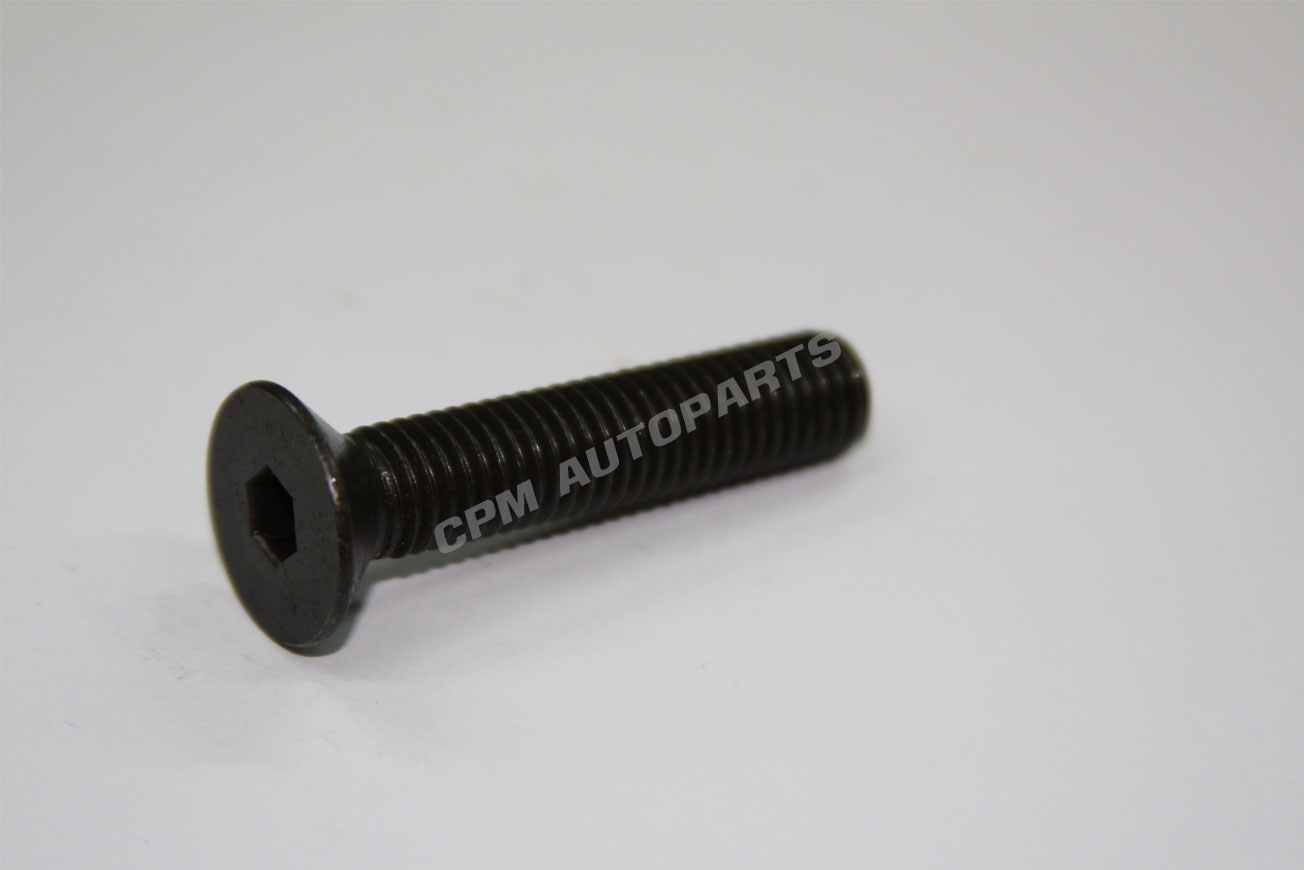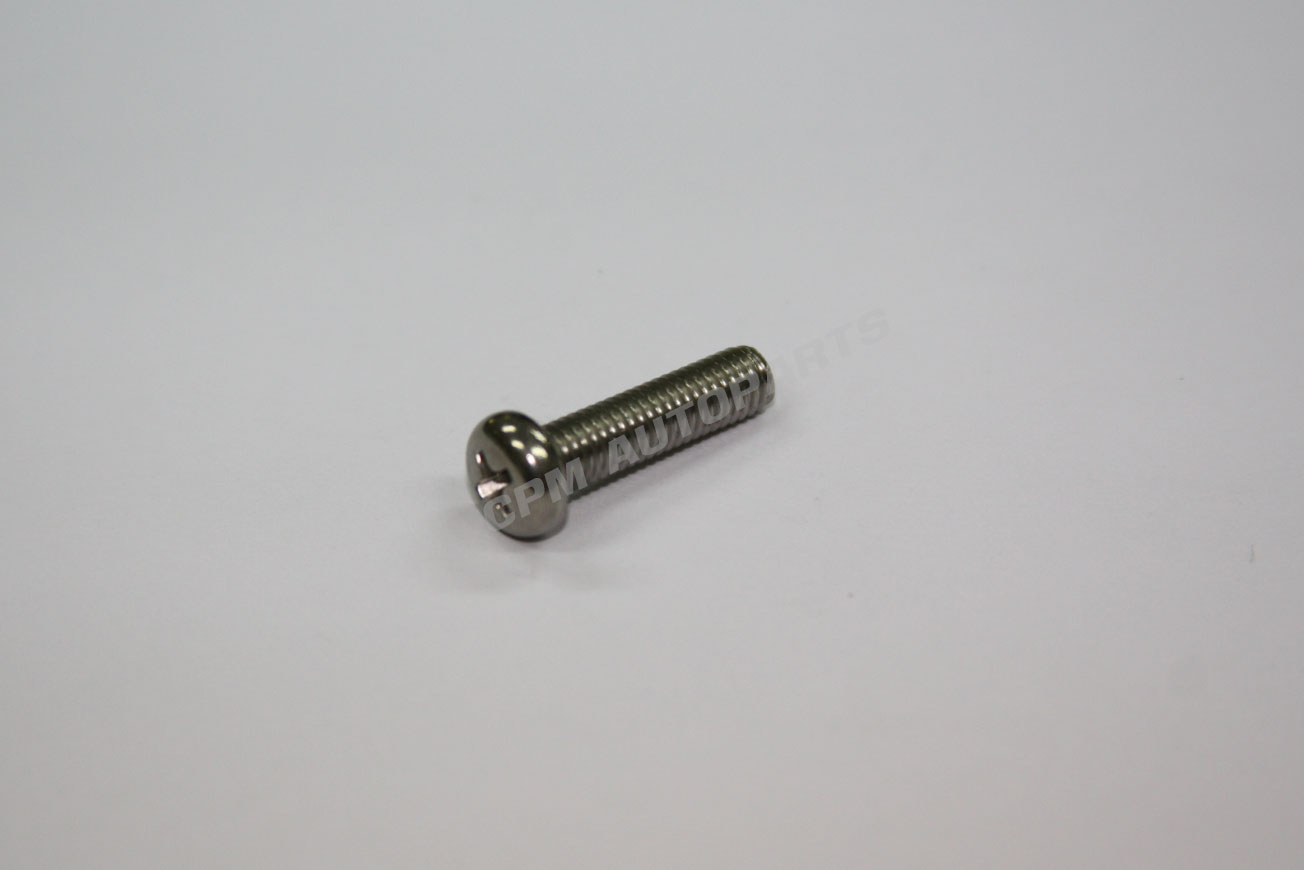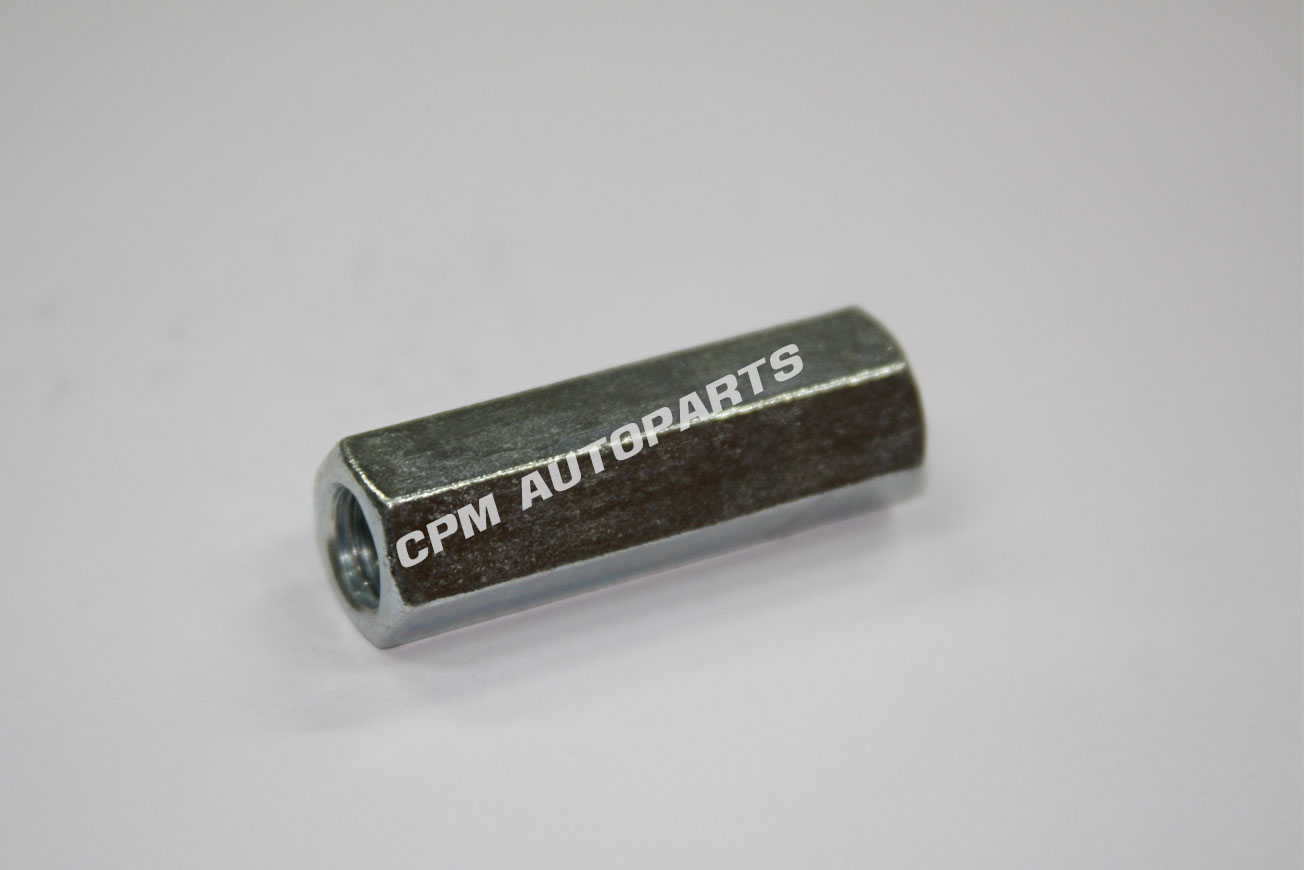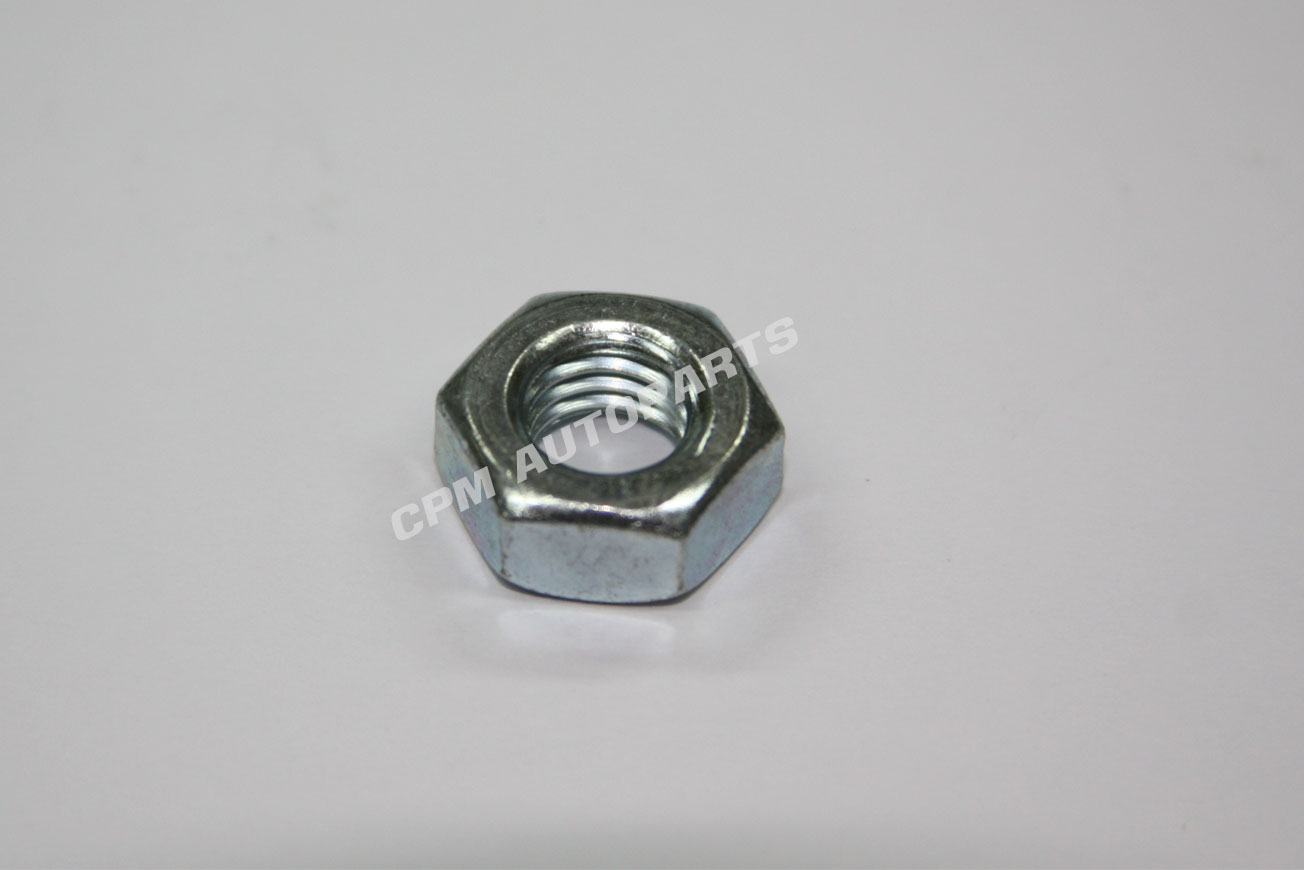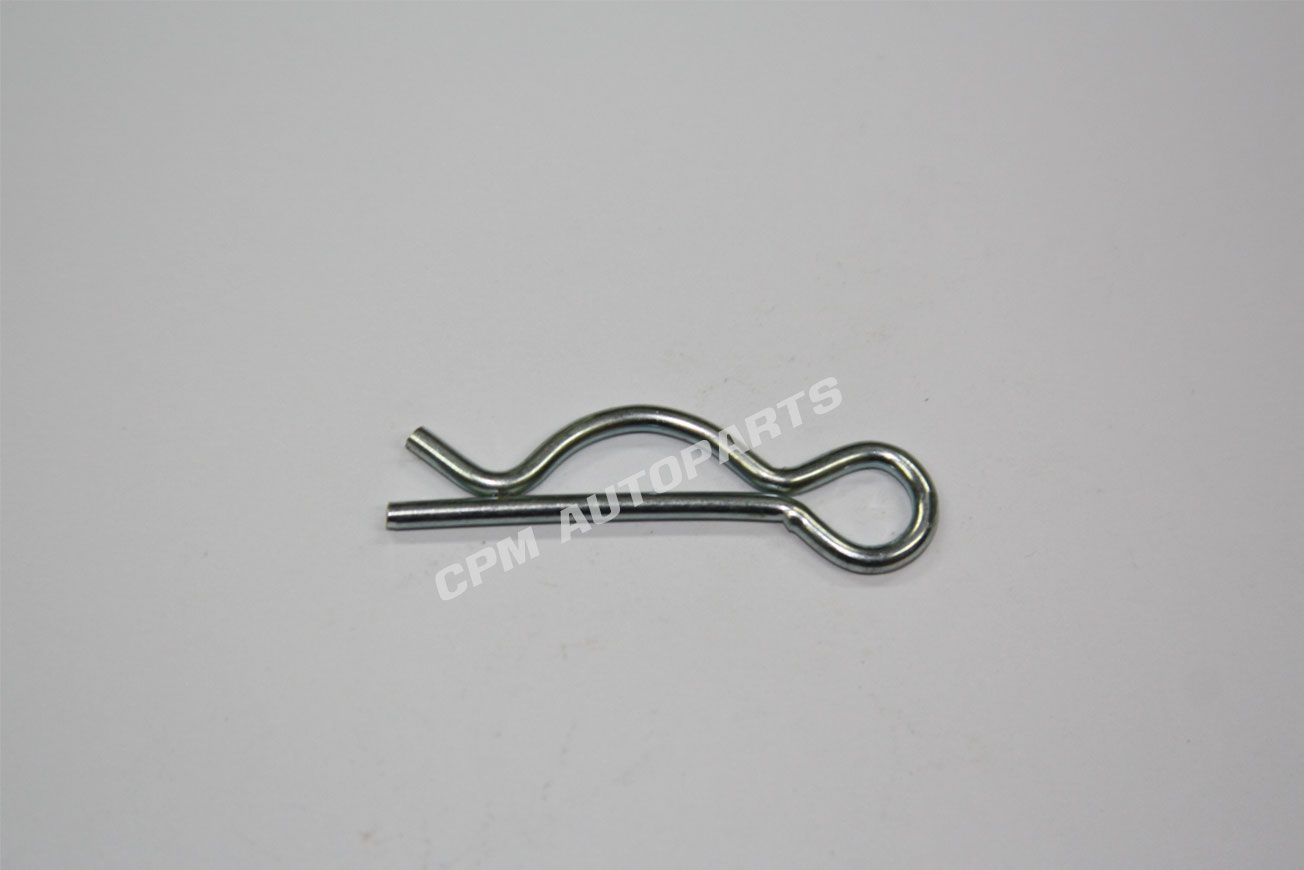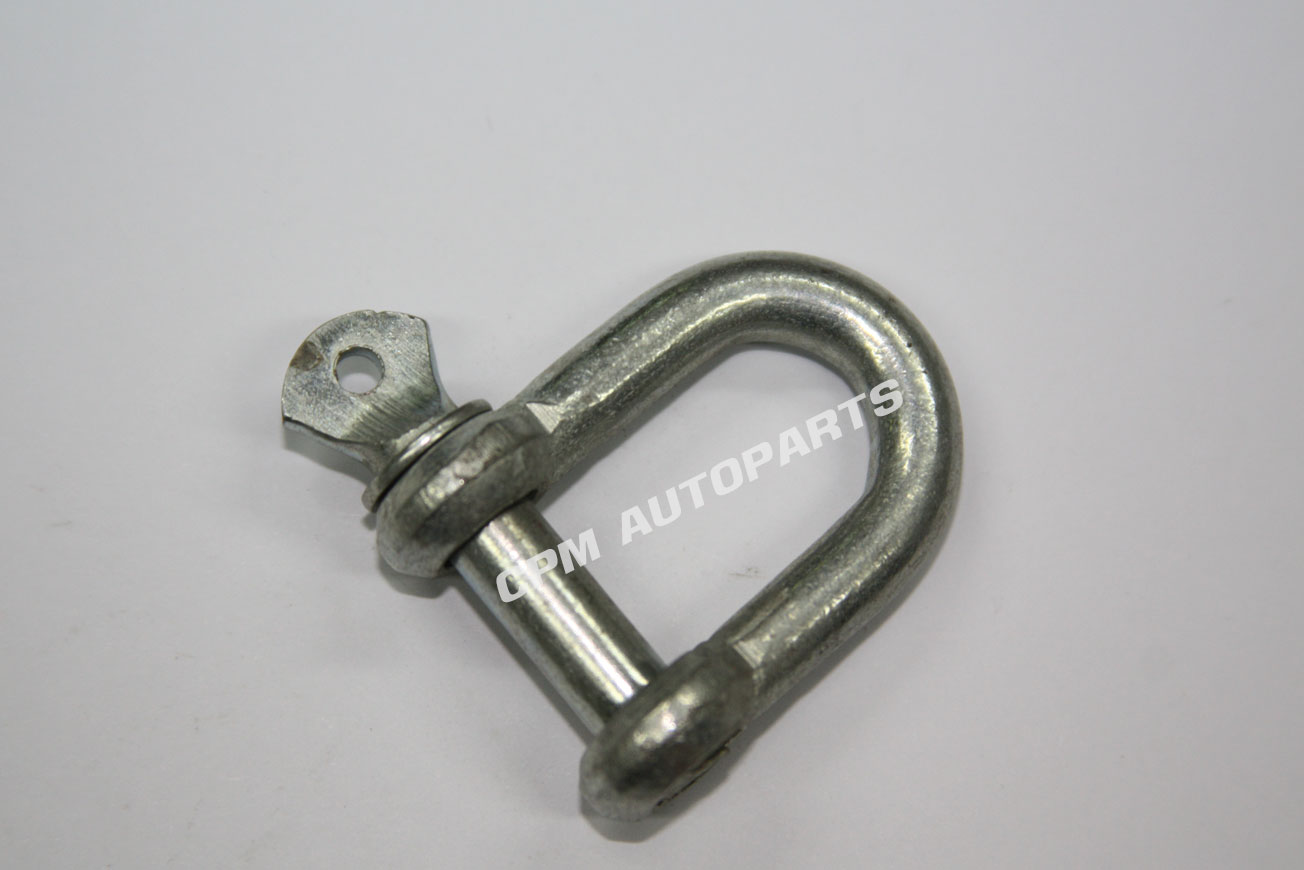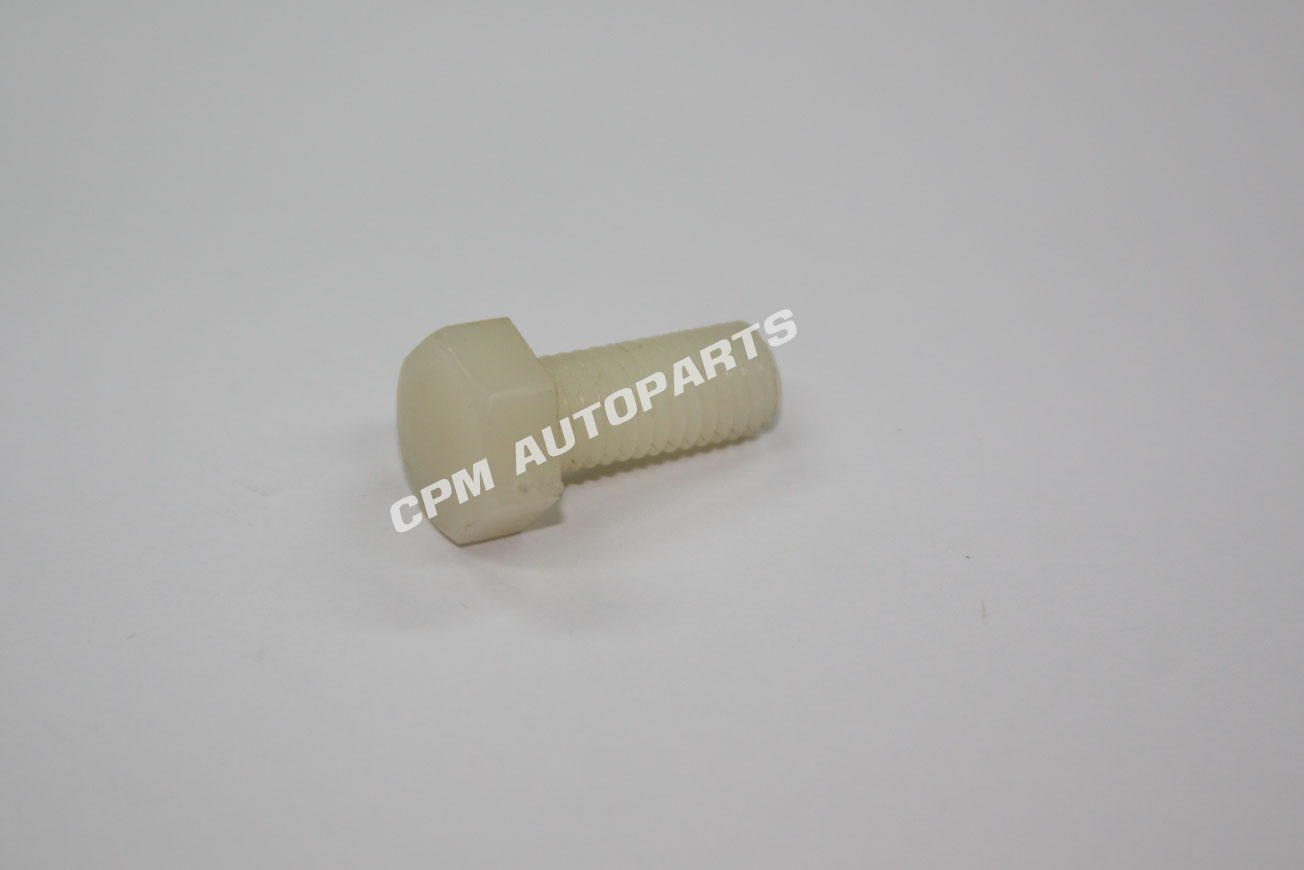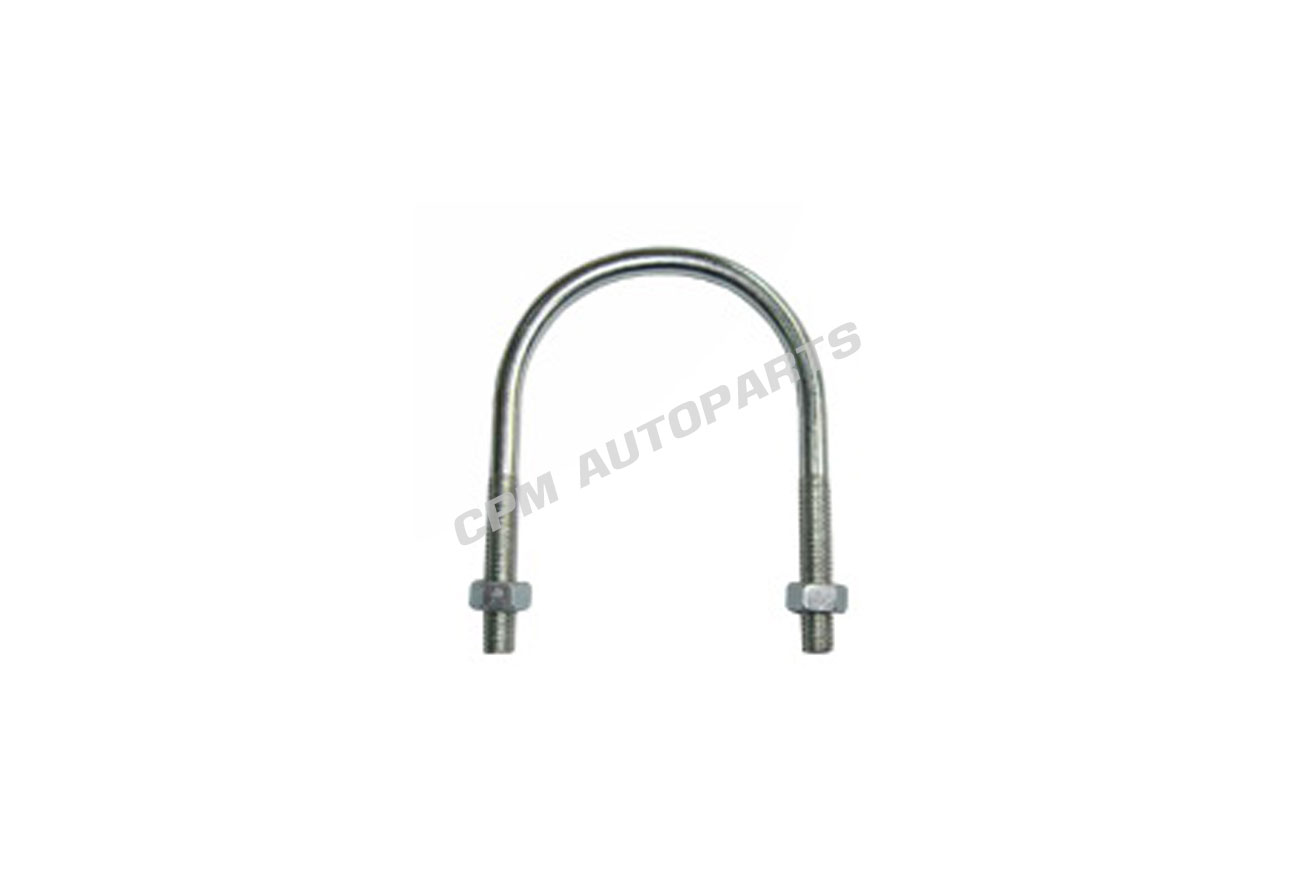Stainless Steel
Stainless steel is a metal alloy composed of iron, carbon, and chromium oxide. It has high corrosion resistance, making it difficult to rust, suitable for outdoor use, building facades, grass fields, underwater, marine environments, humid places, and extreme hot and cold weather. The company offers two grades of stainless steel:
1. Grade 304 Stainless Steel
This type of stainless steel has the advantage of durability, high toughness, resistance to corrosion, high heat resistance, good formability, rust resistance, non-absorption of substances, and long-lasting usage.
2. Grade 316 Stainless Steel
This stainless steel is preferred over Grade 304 due to similar properties. The difference lies in the increased amount of molybdenum in Grade 316, which enhances its resistance to corrosion, corrosion resistance, and chemical resistance. Therefore, it is suitable for marine equipment, medical tools, or equipment directly related to water. This type of stainless steel has reduced carbon content from the usual 0.08% to 0.03%, making Grade 316 highly ductile, suitable for spring manufacturing.
Summary of Differences between Grade 304 and Grade 316 Stainless Steel
1. For good structural formation, Grade 304 stainless steel is more suitable than Grade 316, as the latter's higher molybdenum content can be detrimental to forming.
2. Budget constraints: Grade 304 stainless steel is less expensive compared to Grade 316. Both have almost identical qualities and properties.
3. In environments prone to corrosion, Grade 316 stainless steel is more suitable due to its better corrosion resistance than Grade 304.
4. In moist environments, Grade 316 stainless steel performs better than Grade 304.
5. Strength: Grade 304 stainless steel is generally stronger, but Grade 316 stainless steel has greater strength and durability from the material itself.

